
A Rare Alignment of 7 Planets Is Taking Place in The Sky This Week
A very rare treat is about to grace Earth’s night skies.
On the evening of 28 February 2025, all seven of the other planets in the Solar System will appear in the night sky at the same time, with Saturn, Mercury, Neptune, Venus, Uranus, Jupiter, and Mars all lining up in a neat row – a magnificent sky feast for the eyes known as a great planetary alignment.
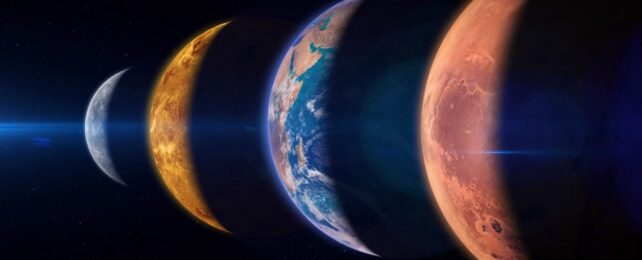
It’s not uncommon for a few planets to be on the same side of the Sun at the same time, but it’s less common for most, or even all of the planets, to align like this.
Any number of planets from three to eight constitutes an alignment. Five or six planets assembling is known as a large alignment, with five-planet alignments significantly more frequent than six.
Seven-planet great alignments are, of course, the rarest of all.
A Spectacle Worth Watching
Planetary alignments have fascinated skywatchers for centuries, often being interpreted as omens or celestial events of great significance. While modern astronomy understands these alignments as predictable occurrences dictated by orbital mechanics, they remain breathtaking spectacles.
The last time such a grand alignment occurred was in 2022, but the next visible alignment of this scale will not happen again until 2036. This makes the 2025 alignment an event that stargazers and astronomers alike should not miss.
The best part is that no special knowledge or advanced equipment is required to observe it—just a clear night sky and a good vantage point away from city lights.
Understanding Planetary Alignments
These alignments aren’t the neat planetary queues you see in diagrams and illustrations of the Solar System. That’s not a thing that actually happens in the real Universe, sadly.
Yet the planets do appear to arrange themselves along an imaginary line.
This occurs because the planets of the Solar System all orbit the Sun on a flat plane called the ecliptic. Some of the planets have orbits tilted slightly above or below this plane, but they’re all more or less on the same level, like grooves on a record, thanks to the way stars like our Sun form.
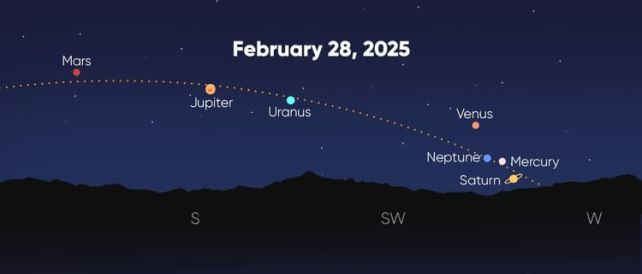
A baby star in a cloud of material starts spinning; the cloud around it swirls into a flattish disk that feeds into the young star around its equator.
Planets form from what remains of the disk and, if left uninterrupted by other gravitational influences, will remain orbiting in that level position.
Occasionally, the planets will be on the same side of the Sun as they move along their orbits, so we get to see them in the sky at the same time. This is what will grace the sky on the evening of February 28.
How to Watch
Whether you will be able to see the alignments, at what time the planets rise and set, and in which order, depends on where in the world you’re viewing from.
There are tools you can access to get those times and sky locations.
Time and Date has an interactive tool that allows you to set the date you want to view, showing the rise and set times for each planet, where in the sky they can be seen, and how difficult they will be to see.
Stellarium has a similar web tool that shows you the positions of all the planets.
Sky Tonight is a free mobile app that uses your phone’s hardware to gauge where you are located, and shows you real-time positions of celestial objects on a map of the sky above. There is a good list of other options here, too.
Preparing for the Best Viewing Experience
To make the most of this event, find a dark-sky location away from city lights. Light pollution can greatly reduce the visibility of planets, especially the dimmer ones like Neptune and Uranus.
Binoculars or a telescope will allow you to see details such as the rings of Saturn, Jupiter’s cloud bands, and even some of their moons. However, many of the brighter planets, such as Venus and Mars, will be visible to the naked eye.
The alignment will begin just after sunset and last for several hours, providing plenty of time to take in the view. If possible, try using a stargazing app to pinpoint each planet's exact position.
A Celestial Rarity Worth Celebrating
This alignment serves as a reminder of the beauty and precision of our Solar System. While these events are scientifically predictable, their rarity makes them feel almost magical. They are moments that connect us to the vastness of space and remind us of our place in the cosmos.
So, mark your calendars, gather your friends and family, and prepare for a once-in-a-decade celestial event that promises to be nothing short of spectacular.
An earlier version of this article was published in January 2025.
News in the same category

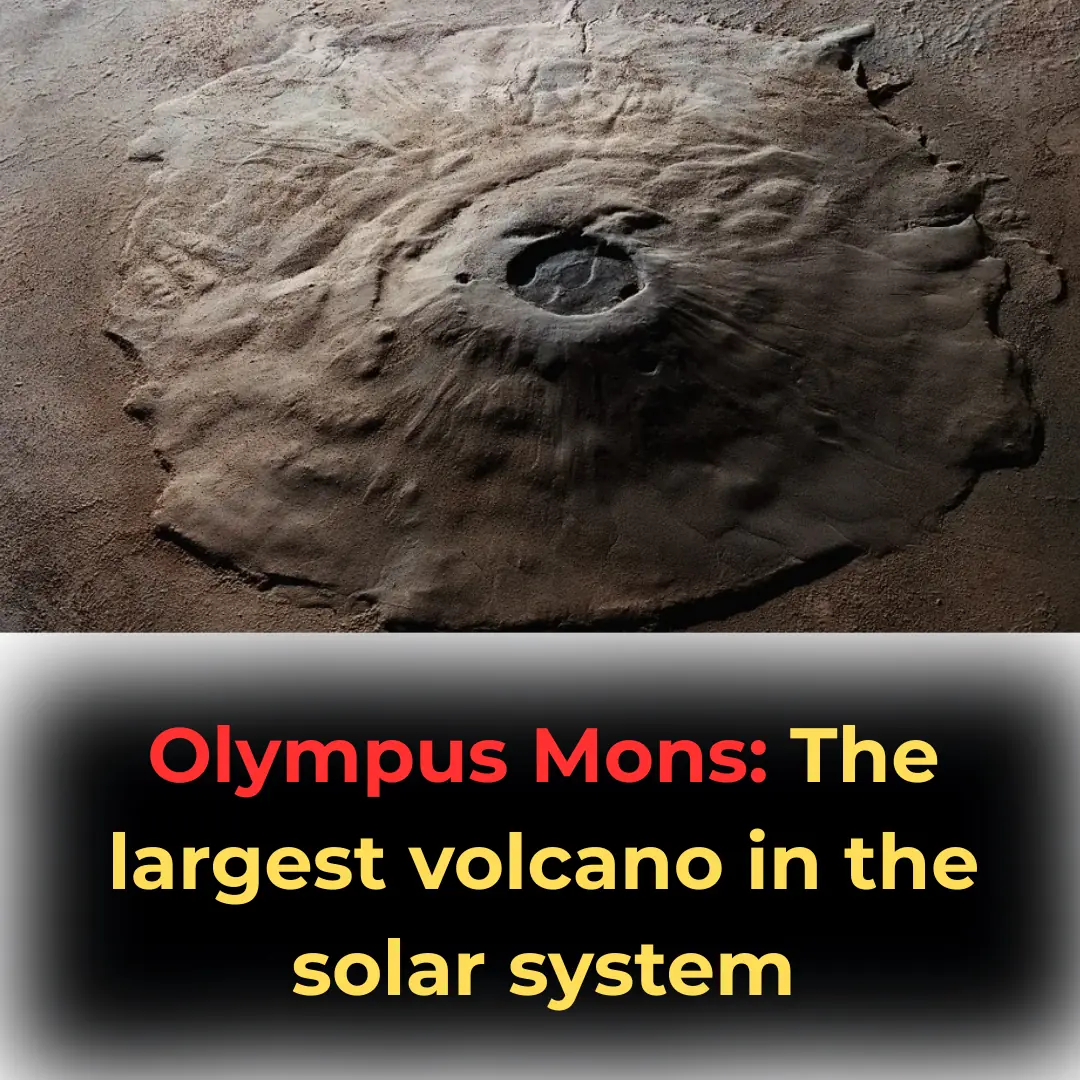
Olympus Mons: The largest volcano in the solar system

"What If Pangea Still Existed? A Fascinating Look at Our Ancient Supercontinent"
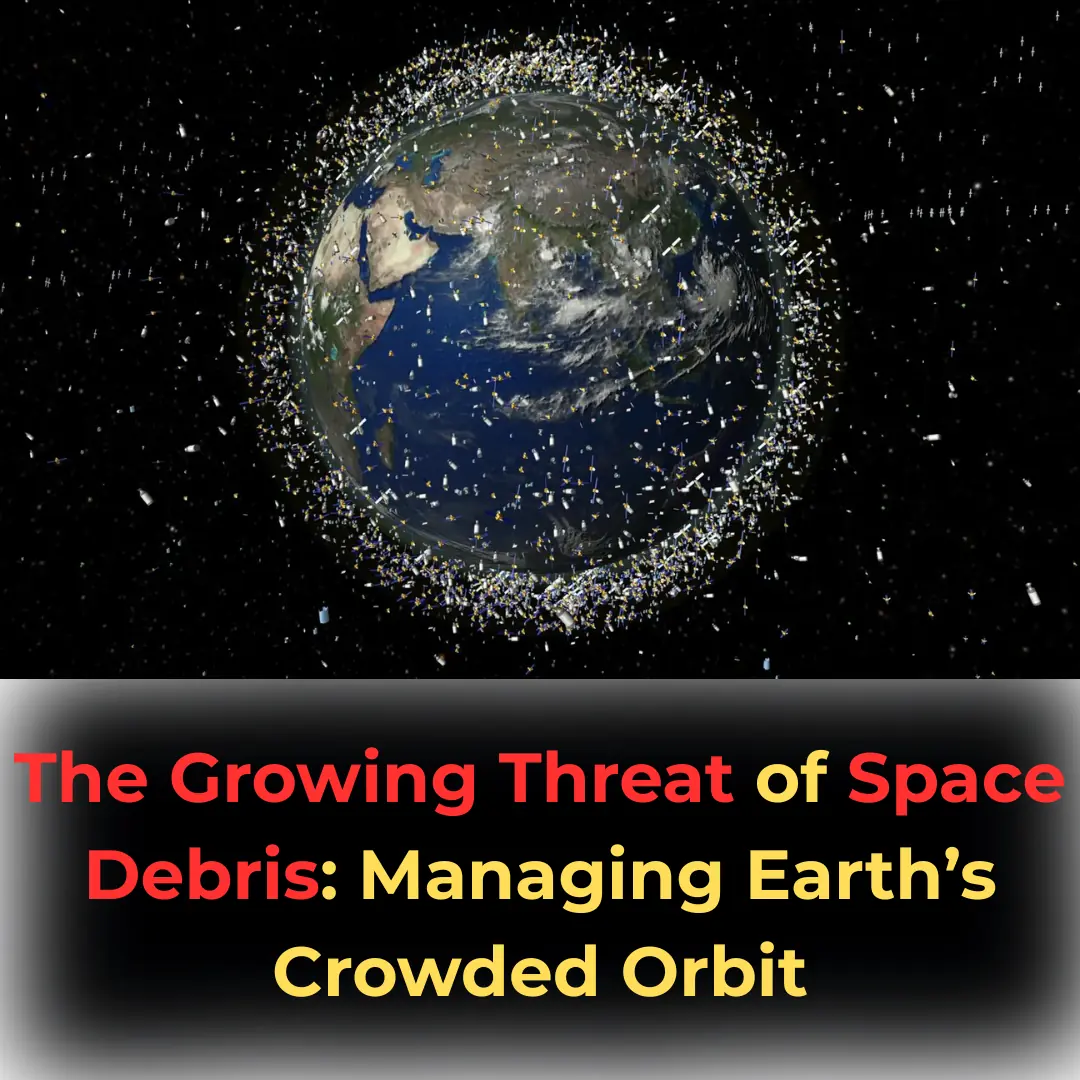
The Growing Threat of Space Debris: Managing Earth’s Crowded Orbit

AM I WRONG TO BE ANGRY THAT MY 71-YEAR-OLD MOM SPENT MONEY ON A TRIP INSTEAD OF HELPING ME PAY MY BILLS?

A wounded veteran picks up trash, as people whisper behind me.

I held her tight while she cried and wouldn’t let go.

My 8-year-old son insisted that we surprise our neighbor for her birthday, but we didn’t expect how she would react.

A police officer found a tiny kitten, but when he watched security footage, he frowned.

When Mommy asked, “Are you home?” I wanted to say “yes,” but I couldn’t.

A Rich Man Turned Away a 10-Year-Old Boy Begging for Help – 13 Years Later, Their Paths Cross Again in an Unexpected Twist
Soaked by rain and trembling with hunger, a young boy once asked a wealthy stranger for help, and was coldly turned away. Thirteen years later, their paths cross again, but this time the boy holds the power to change a life.

My 16-Year-Old Son Went to Stay with His Grandmother for the Summer – One Day, I Got a Call from Her
When my 16-year-old son offered to spend the summer taking care of his disabled grandmother, I thought he’d finally turned a corner. But one night, a terrifying call from my mother shattered that hope.
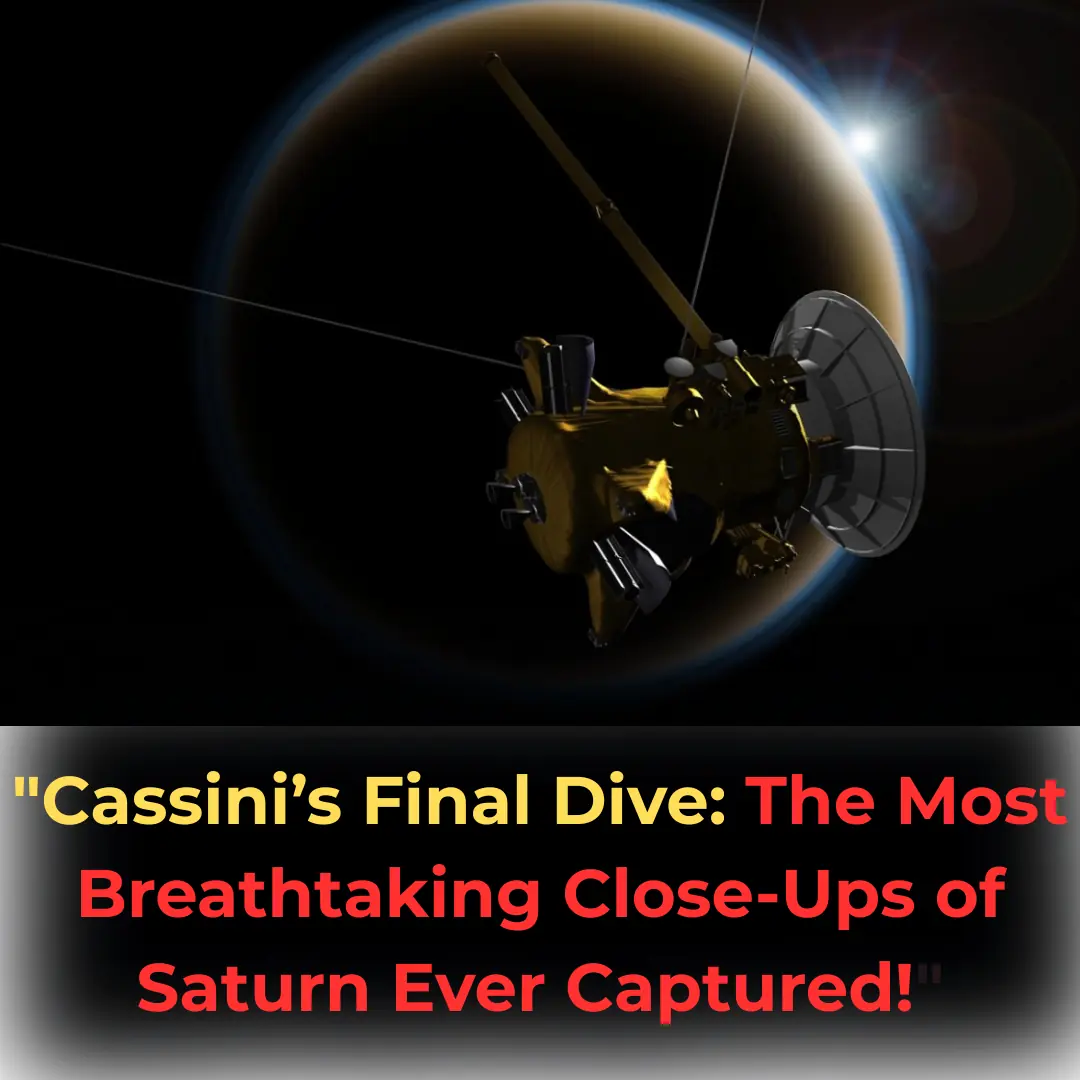
"Cassini’s Final Dive: The Most Breathtaking Close-Ups of Saturn Ever Captured!"

HE WOULDN’T LET GO OF THE CHICKEN—AND I DIDN’T HAVE THE HEART TO TELL HIM WHY SHE WAS MISSING YESTERDAY

A few days before graduation, I lost my parents. Then a stranger walked in.

Father and Son Build 50,000 New Beehive Colonies Around the World

Scientists Have Developed An Oxygen Particle That, When Injected, Enables Temporary Survival Without Breathing.

The sea is turning red! Researchers make breakthrough discovery that could help forecast dangerous algae blooms
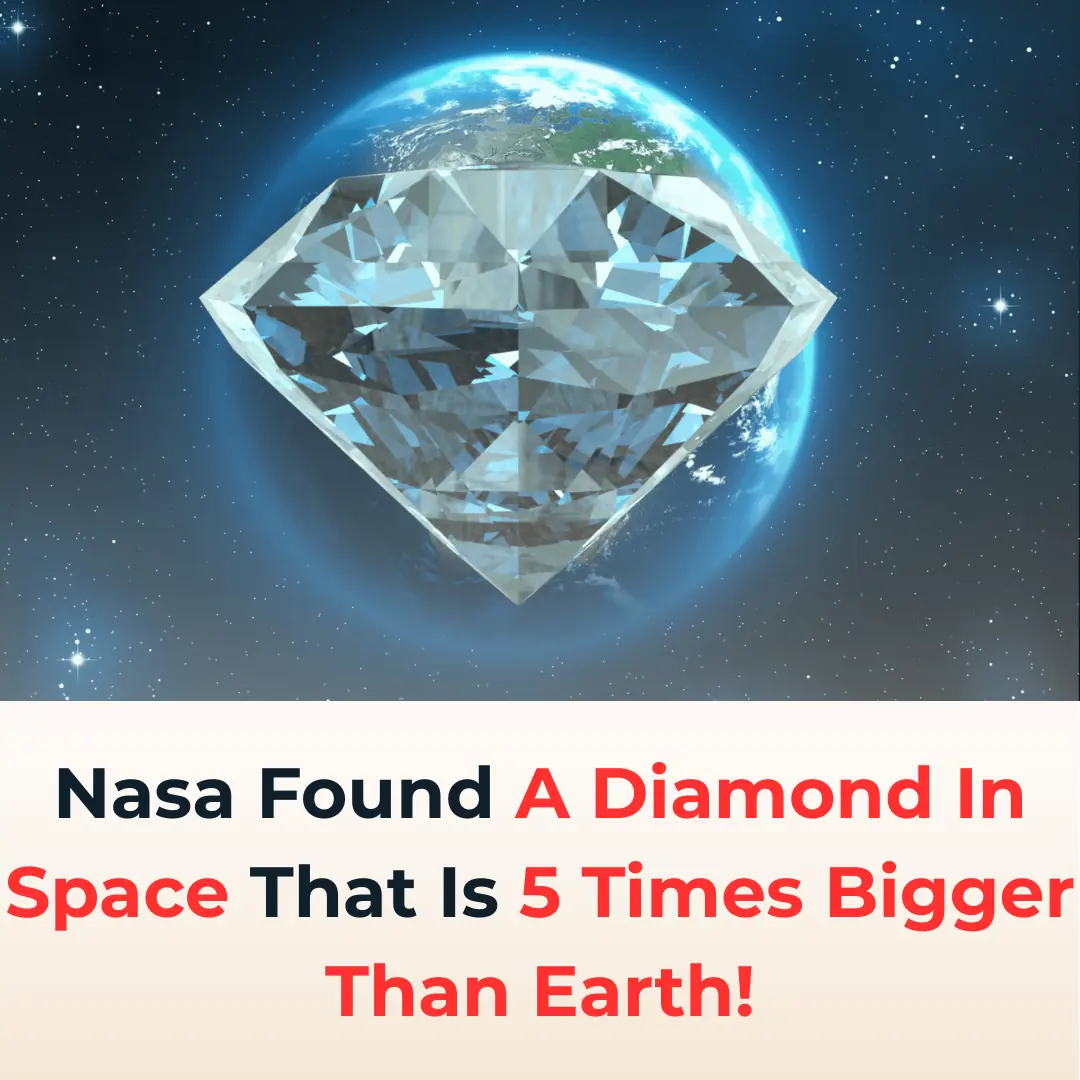
Nasa Found A Diamond In Space That Is 5 Times Bigger Than Earth!

Single Mother of 3 Shows up for the Reading of Her Late Husband's Will Only to Find Out the Lawyer Was His Mistress — Story of the Day
News Post

Mystical Seabed Art: The Puffer Fish’s Elaborate Mating Rituals Unveiled

Olympus Mons: The largest volcano in the solar system

I transferred the car to my mother so that you wouldn’t get it in the divorce,” Artem sneered with a smirk. But Polina only smiled, knowing exactly how to outplay him

10 Things You Should Do When Checking Into a Hotel Room

"What If Pangea Still Existed? A Fascinating Look at Our Ancient Supercontinent"

How to Treat H. Pylori Bacteria Causing Heartburn and Bloating + Natural Remedies

My Father Told Me to Shower with a Special Soap – When My Boyfriend Discovered the Truth, He Broke Down in Tears

8 Ways To Get Rid Of Phlegm And Mucus In Chest And Throat

The Growing Threat of Space Debris: Managing Earth’s Crowded Orbit

After A 49-Year-Old Father Of Two Passes Away, There Is An Urgent Warning For All Pet Owners Who Allow Their Dogs To Lick Them

8 of the Best Anti-Cancer Foods. It’s Time to Start Adding Them to Your Diet

Getting Annoyed By Chewing Sounds Is a Genuine Psychiatric Disorder

5 Concerning Red Flags That May Signal Colon Cancer

AM I WRONG TO BE ANGRY THAT MY 71-YEAR-OLD MOM SPENT MONEY ON A TRIP INSTEAD OF HELPING ME PAY MY BILLS?

Risk Of Prostate Cancer Increases By 45% In Men Who Share This Common Practice

A wounded veteran picks up trash, as people whisper behind me.

End-of-life nurse shares the most disturbing behaviors seen in those nearing death

I held her tight while she cried and wouldn’t let go.

**Say Goodbye to Skin Tags and Warts: Easy Removal with Hydrogen Peroxide**
